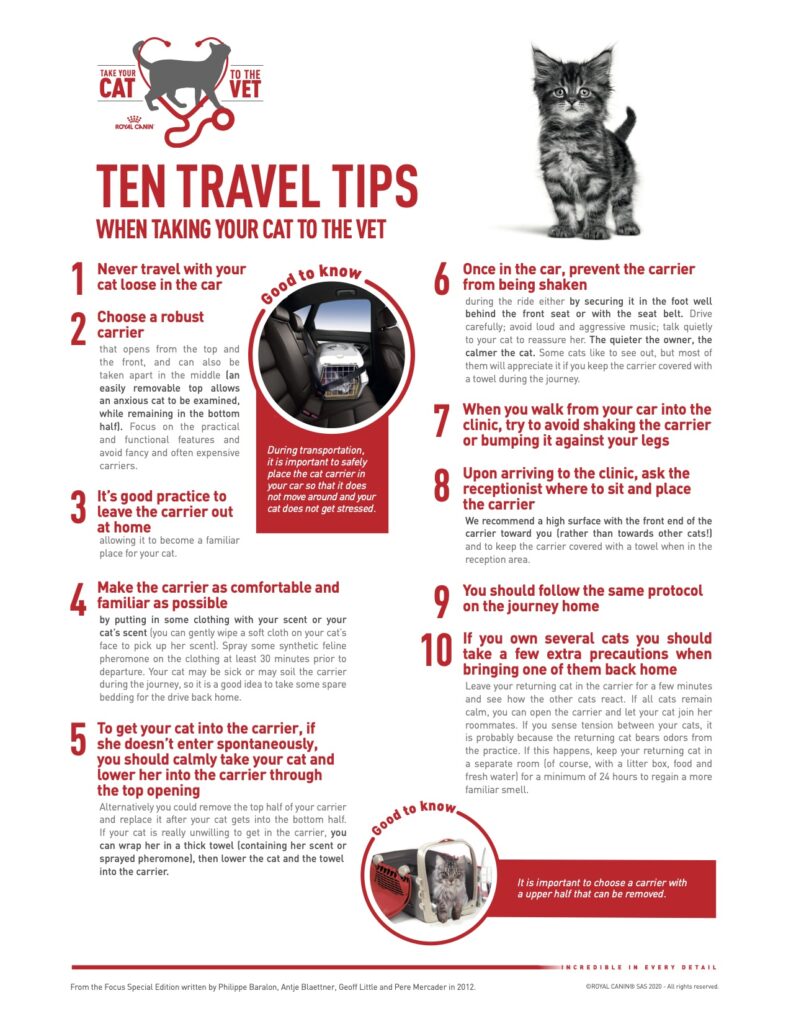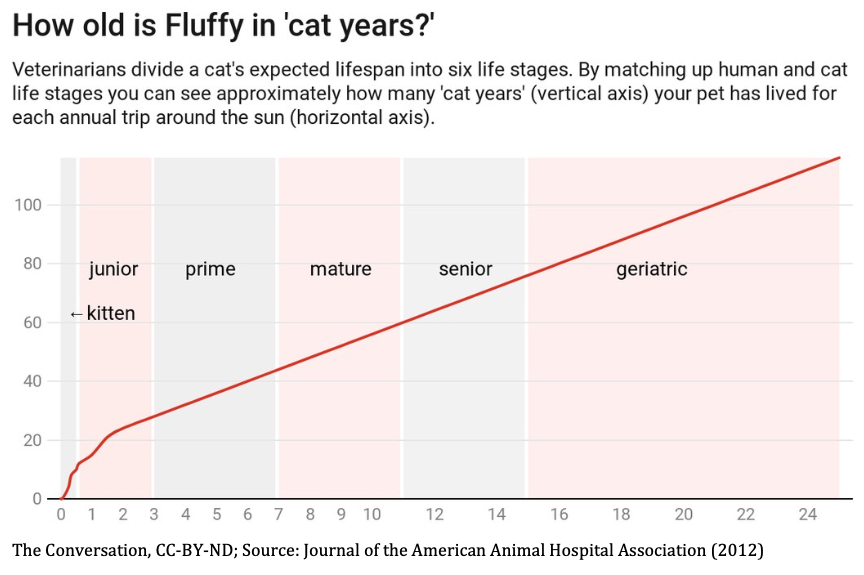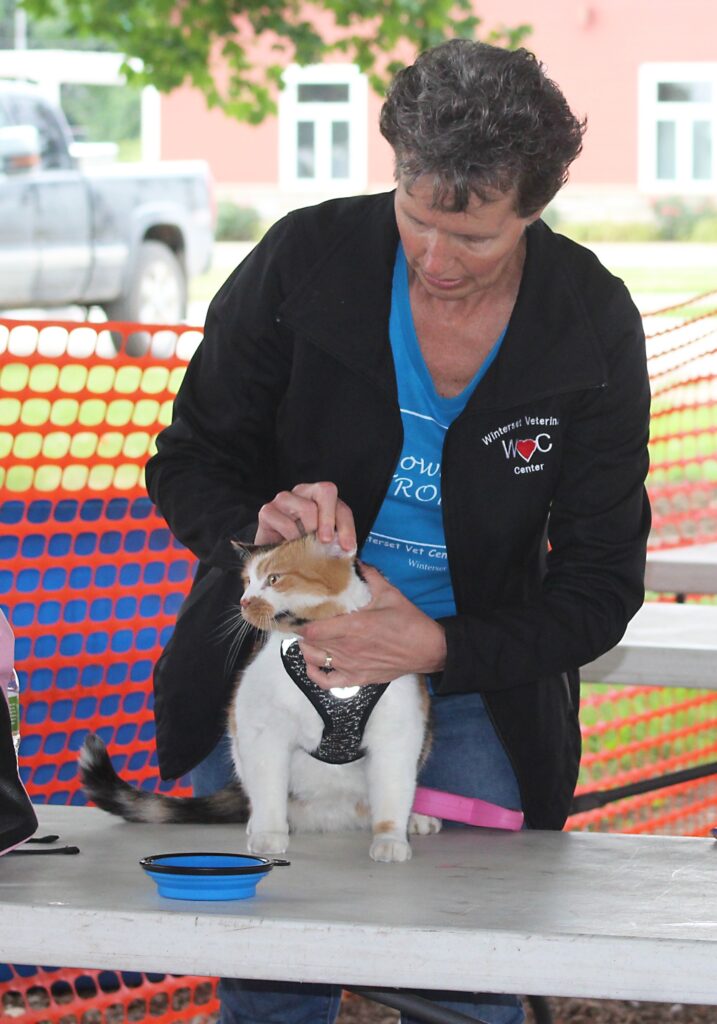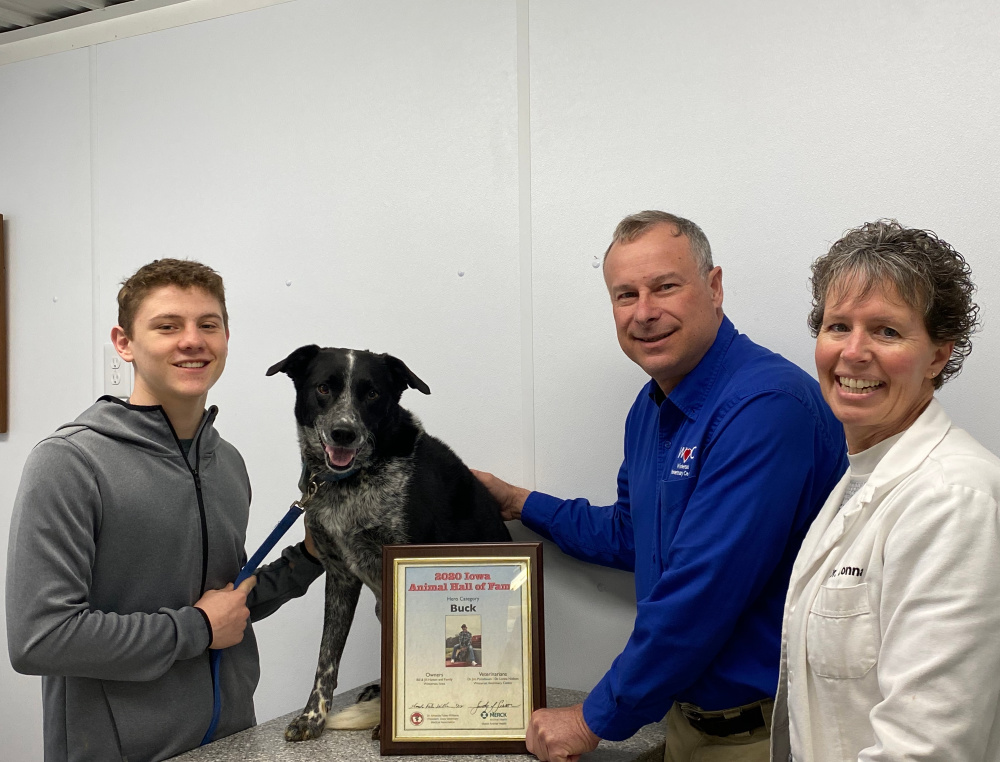Is Pet Insurance a Good Idea?
Any insurance is a good idea when you need it. The same holds true for pet insurance. In recent years pet insurance has become a topic of discussion amongst pet owners. Pet insurance has been around since 1947 when the first pet was insured in Britain. Sweden has the highest percentage of pet insurance policies and Britain follows closely with 23%. The very first pet to be insured in the US was Lassie in 1982. Lassie had a TV show for 19 years and I grew up watching Lassie save the day. In the US we have a higher pet population but our pets are only insured at 1-2%. An increase in pet policies has been seen, but we still have a long way to go in this pet insurance industry.
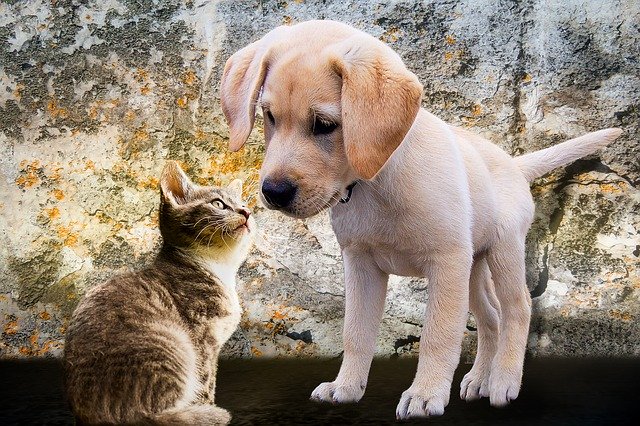
There are different types of policies. It is important to research each company and determine what is best for you and your pet. There are policies that cover preventive care, accidental, and illness. Other policies are only accidental and illness. What is right for you? This decision requires some investigation and thought. Many businesses have started offering pet insurance to their employees. The premium dollars can be withheld pretax. It is important to educate yourself and read the reviews on pet insurance companies. Ask friends, family, or your trusted veterinarian about pet insurance.
Deductibles can be handled differently amongst pet insurance providers. Annual deductibles are like car insurance. You pay the deductible every year if you have a claim. A lifetime deductible indicates that once you pay the deductible on a pet’s skin problem you do not have to pay it ever again for that pet’s lifetime. If one year you pay the deductible on the skin condition and the following month the same pet has a urinary issue, you will pay another deductible. There are positive benefits with either scenario. I just want to introduce differences so you can ask the right questions when considering pet insurance.

Over the years of practice, I have seen a large number of families decide on euthanasia because they did not have the necessary funds to treat a sudden illness or injury. Paying a monthly premium allows you to have a plan if something were to happen unexpectedly. It allows you to budget for your pet’s illnesses or injuries. Let’s face it, we never know when something bad may happen. Insurance is there to help us through those situations. I laugh at the Farmer’s insurance commercials as they describe the strangest scenarios that have been covered with their insurance policies. We hear crazy stories all the time of pet’s injuries and illnesses that owners never anticipated. Pets are like family. Pet insurance helps in times of crisis to manage the medical expenses needed to bring our furry friends back home.
Premiums vary amongst company policies. Some companies charge more if a pet is not neutered or spayed. Certain breeds may have higher premiums. The age of your pet and preexisting conditions can affect premiums. If your policy includes preventive care coverage that will affect your premium. The best option is to find a couple of companies to research and then get quotes just like you would do if buying a car. Many companies have price quotes offered on their websites. They have employees willing to answer all of your questions.
Currently most pet insurance policies require the owner to pay the bill at their veterinary office and then submit the claim themselves. The insurance company will investigate the claim and then reimburse the client. A few pet insurance companies are recognizing a need to process a claim immediately to help pet owners avoid large bills at check out. As pet insurance coverage increases per capita we will see more companies offering this feature.
I have never heard a person tell me that pet insurance was a waste of money. I have heard many times, “I wish I would have had pet insurance!” The best time to get a policy is right from the start. The premiums are usually less per month. There are no preexisting conditions. Even puppies and kittens can develop life long health issues or have something traumatic happen to them at an early age. We have all been down that path where the store asked if we wanted the insurance with that appliance or electronic device. We declined. We regretted it. Think about that the next time your veterinarian asks if you have considered pet insurance.
